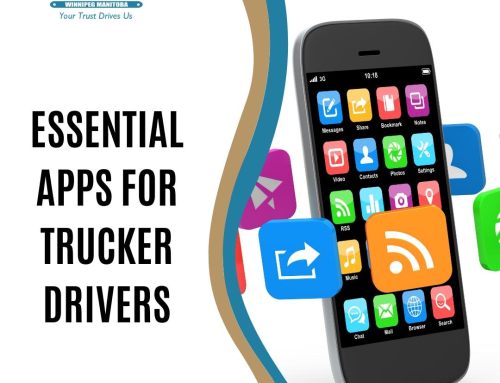 Your traveling down the highway and suddenly you awaken to the reality that you have no recollection of how you got from where you were a hundred miles ago to where you are now.
Your traveling down the highway and suddenly you awaken to the reality that you have no recollection of how you got from where you were a hundred miles ago to where you are now.
This apparent lapse of consciousness is called Highway Hypnosis or White Line Fever, which can be experienced by any motorist on the road. It isn’t actually a hypnotic state, but a dissociative state where the driver is physically present but mentally detached and less aware of what they are doing behind the wheel.
When Can Highway Hypnosis Occur?
This condition is normally experienced by drivers who are driving long distances at highway speeds, driving common routes, driving during sleep hours, or driving while stressed or fatigued. It is not the same as driving while tired, yet the consequences can be just as dangerous. With highway hypnosis drivers are performing the task of driving, going through the motions, without being aware of the motions.
What Contributes to Highway Hypnosis?
There are several factors that can contribute to drivers falling victim to Highway Hypnosis:
Boredom – Driving long distances on ordinary roads, where the scenery changes very little, if at all; driving long distances without speed variation; and driving routes that you have taken a hundred times before can lead to boredom.
Complacency – Confidence in your driving ability can make you less attentive to the current details of driving. Confidence can make you less attentive to the here and now.
Daydreaming – Wandering thoughts can greatly reduce your focus on the task at hand.
Too Much Focus – Drivers traveling long distances, concerned with “getting there” tend to focus on the road ahead of them in a tunnel vision type scenario. Focusing solely on a point at the horizon you let surrounding hazards fade away without recognition and experience tunnel vision.
Fatigue – Excess fatigue can cause people to not pay attention to hazards around them while driving.
Novice Drivers – New drivers can become so confident in their new skills that they fail to notice riding hazards in the environment around them.
How to Know if You’re Suffering from Highway Hypnosis
There are a few different way to know if you are experiencing Highway Hypnosis:
Driving Without Recall – The most obvious sign of Highway Hypnosis is arriving someplace and not remembering the specifics of how you got there.
Near Misses – Finding yourself in a near miss (running over the line, or hitting rumble strips) could be a sign that you are in a fuzzy state of consciousness.
Muscle Stiffness – Muscle aches and pains are often due to not changing body position, and could be a sign that you are slipping into a state of Highway Hypnosis.
When driving for longer periods of time, if you realize that any of the above has happened to you, it’s time to take a break. Get out of the truck and walk around a little; do something to change the monotonous, boring driving conditions.
How to Avoid Highway Hypnosis
As truck drivers it is easy to fall into a state of Highway Hypnosis. While you are a professional driver and safety is a constant priority, the shear amount of miles you travel each day can work against you.
Here are some tips to help you avoid Highway Hypnosis:
Keep It Cool in the Truck – Warm temperatures can lure the body into a relaxed state. Set the temperature in your cab to where you’re comfortable without getting drowsy. In the summer time turn the air conditioner up or open the windows. The constant breeze can help keep you focused and avoid highway hypnosis.
Turn Up the Radio – Keep the radio volume loud enough to be a distraction and listen to more upbeat radio stations or stations that will keep you stimulated.
Get Out and Move – Sitting in the same position for too long can cause undo strain on your body and is a huge contributor to fatigue and highway hypnosis. Get out of the truck more often to stretch your legs for a minute or two and just take a break from the driving.
Change the View – Driving long distances can be monotonous enough on its own. It is important to keep your eyes moving at all times. Watch the exit signs, glance at billboards from time to time and check your mirrors frequently to keep your eyes from getting fatigued and from getting locked onto a single point on the horizon.
Image courtesy of Dan at freedigitalphotos.net





